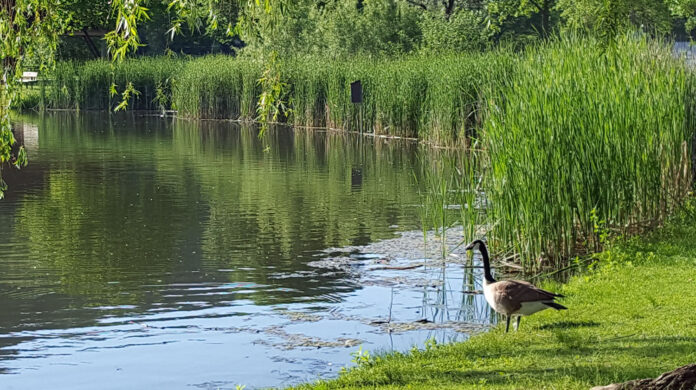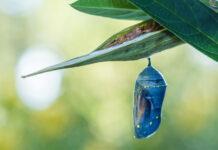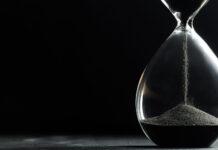I step outside before the sun has had a chance to rise, and I’m greeted by the cartoonishly loud peck, peck, pecking of a Red-Bellied Woodpecker, hunting for breakfast on the lamppost. In the trees behind our house, the songbirds are beginning their chorus, the Cardinals and Blue jays hopping expectantly around the empty feeder, petite warblers and sparrows flitting out of reach. Far overhead, the faint honking of geese.
On our prairie walks, the dog and I might spot some Red-winged Blackbirds swaying in the tall grass or scare up a pheasant. Great Gray Owls watch silently in the treetops, huge but somehow, invisible. Driving along a wooded road, you’re almost certain to be stopped by a traffic jam of wild turkeys, and on the lakes, one can kayak around the shoreline, paddling beneath Bald Eagles, alongside Great Blue Herons, watching ducks land in the cattails, the iconic silhouette of a loon against the setting sun. Truly, home would not be home without them.
This year’s Avian Flu outbreak has brought our attention back to birds.
Birds weave elegance and beauty into any landscape. They fill the very air with their music. This is a beautiful Minnesota; but this beauty is not guaranteed. This year’s Avian Flu outbreak has brought our attention back to birds.
There is a rapid and alarming decline in North America’s birds. The Cornell Lab of Ornithology reports nearly 3 billion birds have disappeared from the wild population since 1970. We could lose this irreplaceable living treasure, and the costs of which are not yet fully grasped. What can we do?
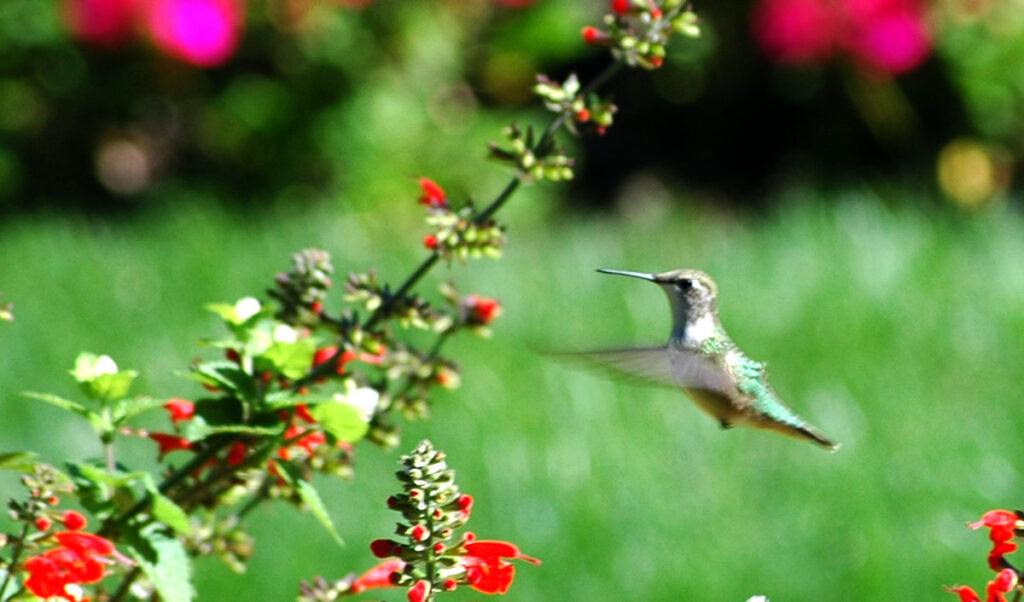
Take responsibility
Human behavior is at the root of this population decline. From the degradation of habitats to the widespread use of pesticides wiping out food sources, to buildings and light pollution disrupting flight paths. We introduce unnatural predators like cats and our unsustainable farming practices squeeze insane numbers of genetically altered and antibiotic-packed birds together, where avian flu can spread and evolve, wiping out poultry by the millions and spreading like wildlife.
Recognize that human behavior is ultimately responsible for this trend. This should not inspire denial or guilt, but action. Taking responsibility and ownership of the problem allows us to change course and fix it.
we are all interlinked.
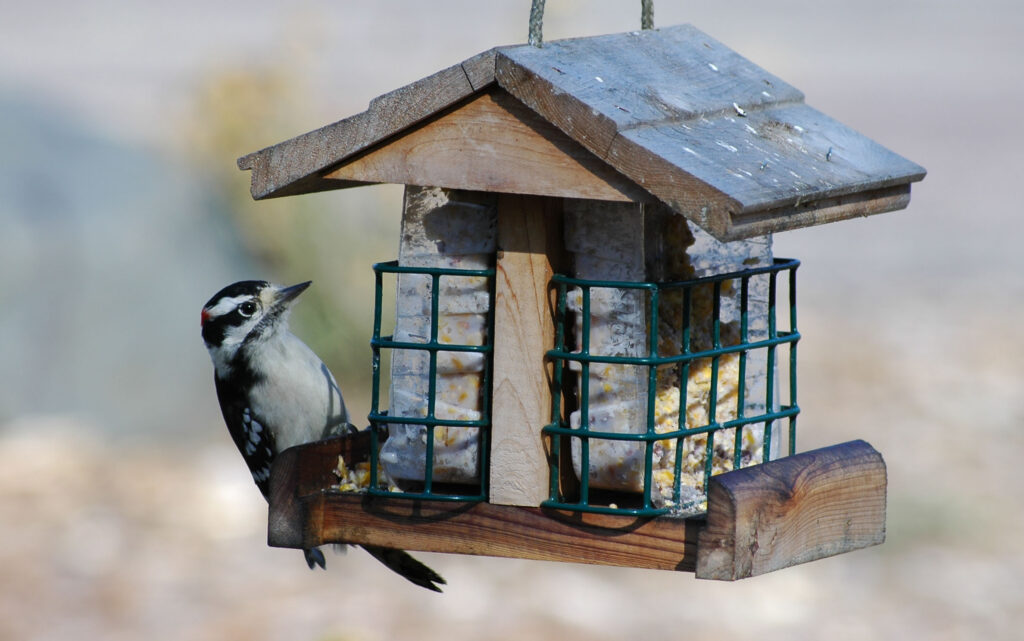
Make small changes
- Follow the recommendations of naturalists and experts
- Empty your bird feeders when directed by wildlife experts. Healthy birds can locate food on their own.
- This temporary measure will help keep wild birds from congregating and spreading the avian flu to one another.
- Keep cats indoors or at least away from wildlife as much as possible
- Drink bird-friendly, shade-grown coffee
- Stop using pesticides
- Plant native plants
- Make windows more visible and turn off lights you aren’t using
- If you raise your own backyard flock, try to keep them contained during peak migration times to prevent contamination and potential spread of disease to wild bird species
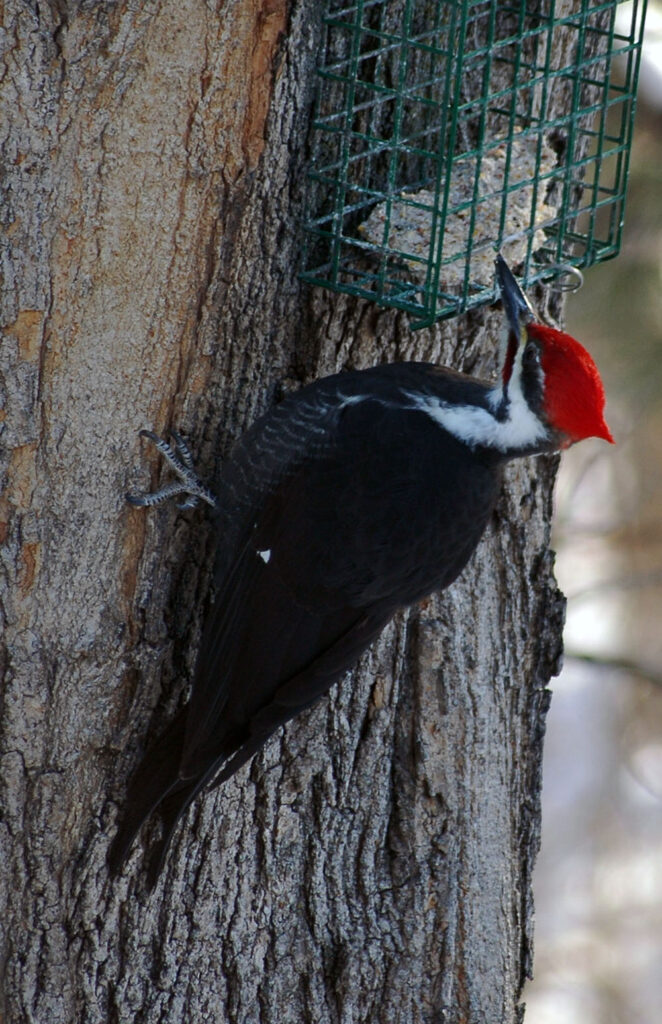
Make big changes
- Money talks. Shop local, shop sustainable. Know your farmer or aim for pasture-raised, grass-fed poultry. When the market decides that only the best quality, ethically raised meat is good enough, producers will be convinced to change.
- Preserve and restore land. Reduce how much of your yard is lawn. Trees, bushes, tall grasses and native plants provide better food and shelter to birds.
- Reduce consumption of plastics. When we throw things “away” they still end up somewhere. Plastic does not break down but rather, breaks up, creating smaller and smaller pieces, which suffocate wild species and endanger the health of the food chain.
- Love birds more. Teach kids and friends about birds you love, do your own research, and simply appreciate our local birds. Citizen science and bird watchers help contribute to our knowledge of wild birds. Report bird sightings and data to local scientists.
- Support the Cornell Lab and similar, local initiatives, like the Minnesota Ornithologists Union.
This year’s Avian Flu event is yet another reminder that we are all interlinked. Just because we do not see the disease in the air or the piles of dead birds inside factories, the effects still reach us. Prices skyrocket: perhaps that is on us for devaluing them so much in the first place. Wild birds will die: who will notice?
We have a beautiful country, a beautiful state. Let’s do what we can to make sure that our children, our grandchildren, will be able to hear the morning air full of birdsong, see the iconic shape of a loon on the lake, and watch the migration of geese on the horizon.
~~~
Green Earth is a regular column by Molly Butler focusing on a few of her passions: nature and the environment, with an emphasis on Blue Earth and Nicollet Counties.

